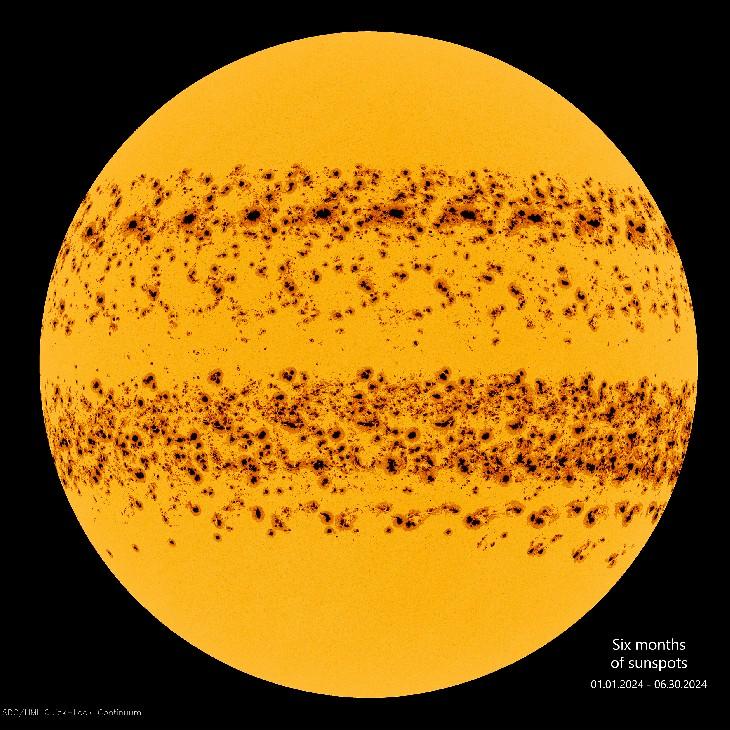Sunspots – Six months - Daily
































































































































Increased precipitation and temperature
Heavy rains: Ecuador, Peru, California
Droughts in Australia, Indonesia
Severe weather in high latitudes:
of North and South America
Canada: Mild winters and spring in West and Central Canada
More severe weather
Quebec’s 1998 ice storm: El Niño year

























Earlier this year (2024), the area experienced a warmer-than-normal period in January.
Following that period, there was a colderthan-normal period. The temperature dropped to -31oC. Fruit buds damaged.
The temperature has been this cold before but not following a warming period.
The same happened last year to peaches in Georgia, USA. Also, vineyards in B. C.
We can expect more of the same.
Weather refers to short-term changes
Climate: longer-term changes: 30 years
Statistical average over 30 years
Climate change is the variation of average
El Niño and Volcanoes are short term
The Sun: long-term temperature change
Greenhouse gases: long term
Are storms getting worse?




You should know
IPCC considers the Sun to have a negligible warming effect on the Earth.
IPCC ignores the satellite temperatures
Comment by Dr. Robert Davis who quit the IPCC: “Global temperatures have not been changing as state-of-the-art climate models predicted they would. Not a single mention of satellite temperature observations appears in the IPCC Summary for Policymakers.”
You will run into these facts.
The Sun impacts Earth’s temperature
Long-term: solar maxima and minima, AMO
Volcanic action and temperature:
Directly: volcano emissions, ash, gases
Indirectly: El Niño and La Niña
Storms not worsening. No Climate crisis.
98% fewer climate-related deaths
Not yet considered: warming by greenhouse gases: H2O, CO2, CH4, N2O

El Niño continues every 2 to 7 years
Sun continues Grand Solar Minimum (GSM)
Wobbly Polar Vortex continues
Temperature falls: As Hunga Tonga water dissipates As El Niño fades and La Niña follows
As AMO enters its cold phase
Expect cooler temperatures for decades